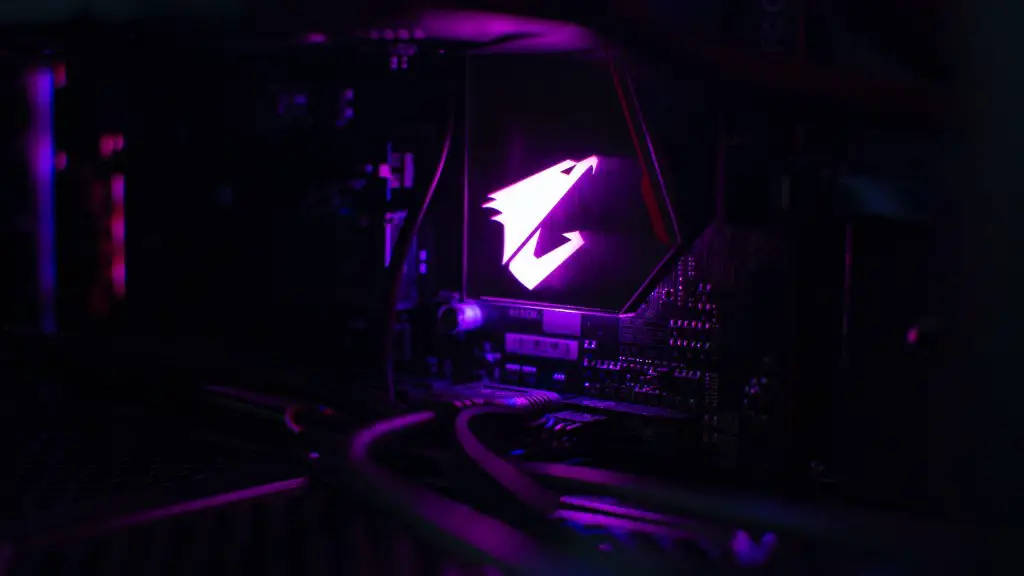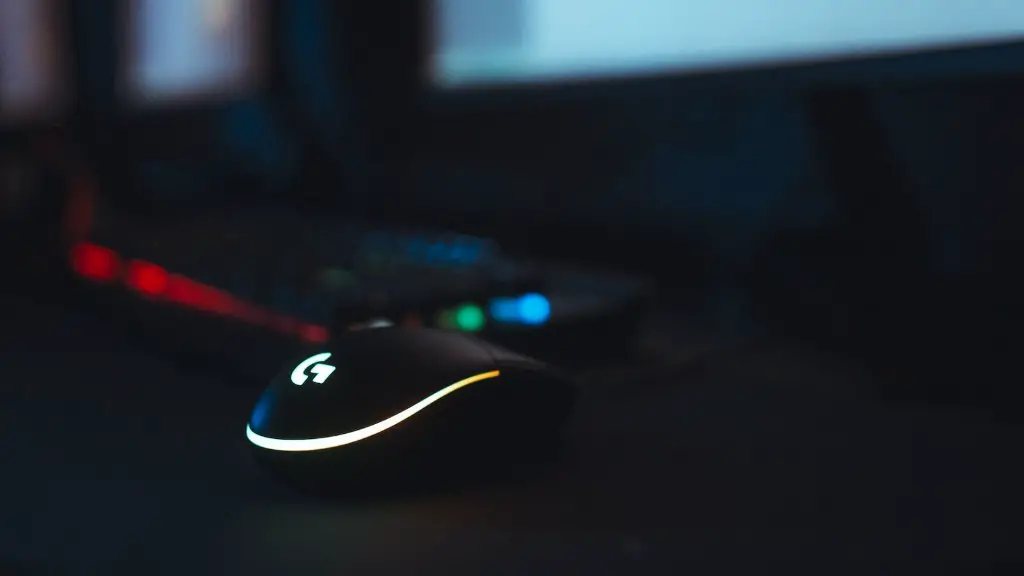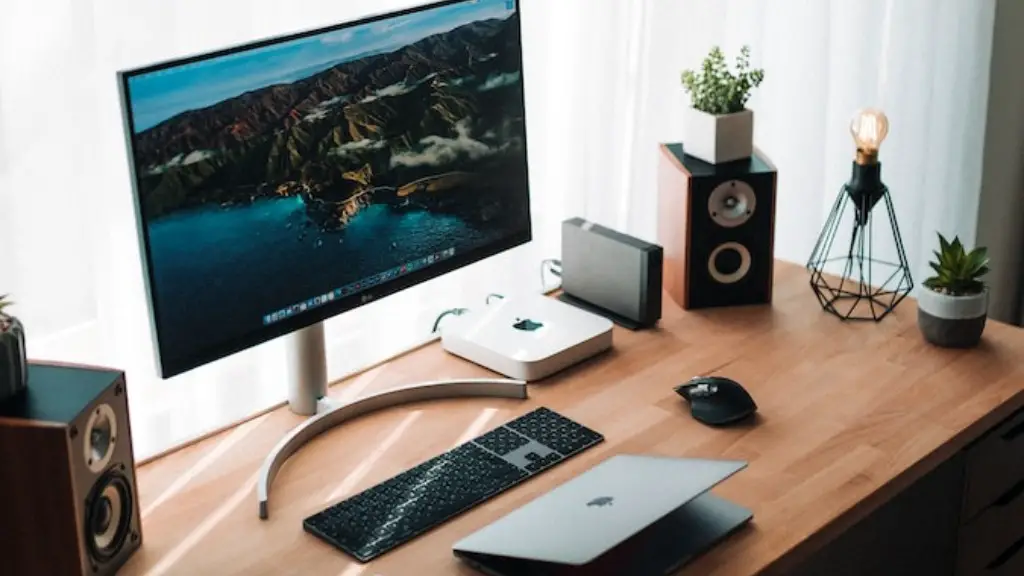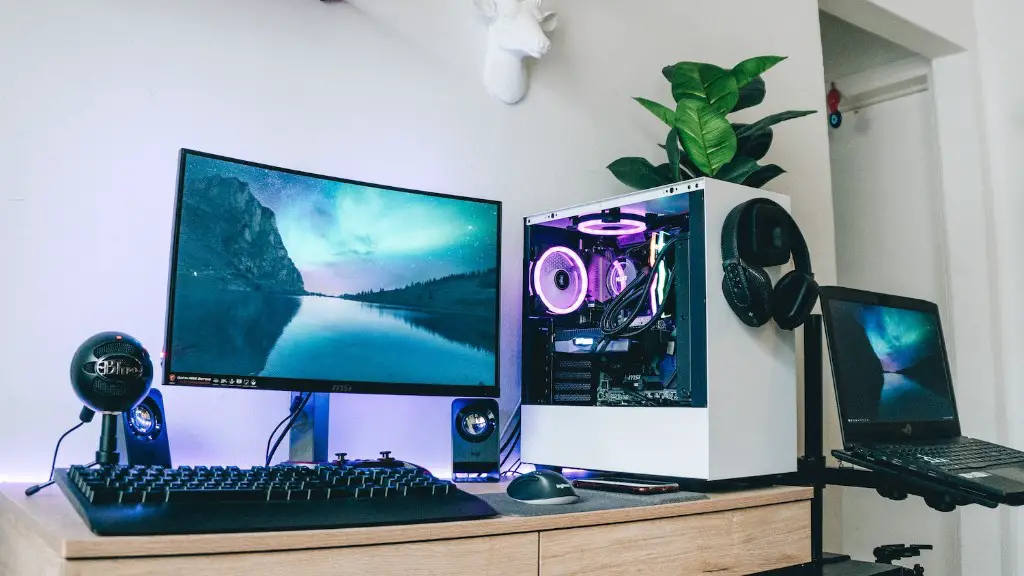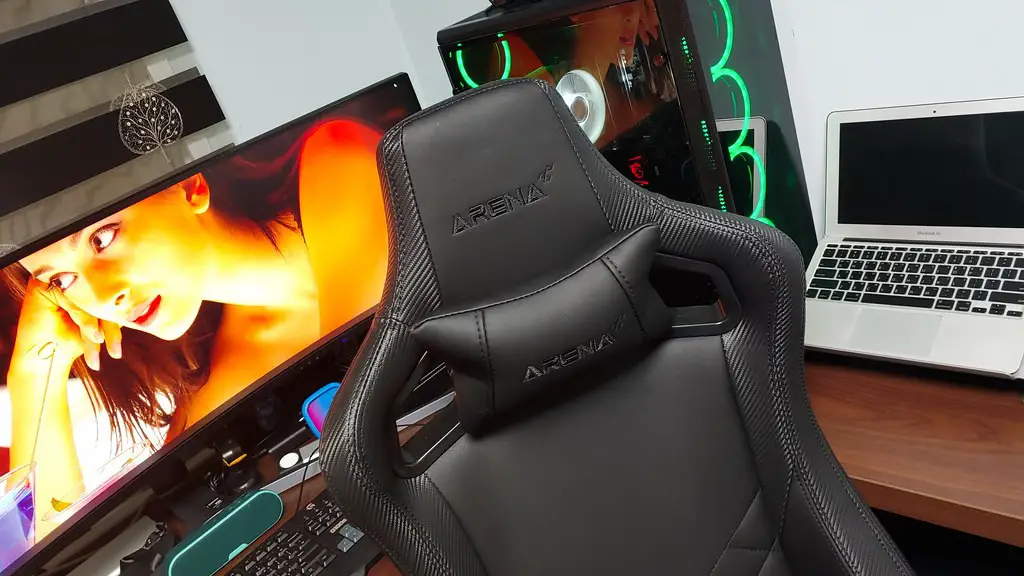Building a gaming PC in 2021 is an intimidating prospect, as it requires a great deal of technical knowledge and skill. However, it is entirely possible with some planning and preparation. This article will provide you a step-by-step guide on how to build a gaming PC in 2021.
The first step in building your gaming PC is to choose the correct parts. You’ll need to consider your budget, the size of your case, the speed of your processor, the type of memory and graphics card, the cooling system, and the power supply. Once you have these components decided upon, you should begin researching the numerous components available on the market that best suit your needs.
The next step is putting the parts together. You’ll need a PC builder’s toolkit, which includes screwdrivers and other assembly tools. The most important part here is to read the instructions carefully so that you don’t miss any steps. After the parts are put together and secured with screws, you can begin connecting the peripherals like monitors, keyboard, mouse and headset.
After installing the components, you’ll need to install an operating system. There are several options available, but the most popular are Microsoft Windows 10 and Linux. Install the operating system of your choice, and then install the necessary drivers and patches. This will ensure that your gaming PC is functioning at optimal performance.
Once the operating system and the drivers are installed, the next step involves installing all your gaming software, like games and other applications. There are several options for this, such as Steam, Origin, or the Epic game store. Once everything is installed and updated, you can finally start playing your favorite games.
Finally, you’ll need to configure the settings of your PC in order to optimize the performance and visuals of your games. This includes tweaking the graphic settings and processor overclocking, as well as selecting the correct resolutions for each game. Once all of this is done, your gaming PC is ready to go.
Monitor & Accessories
For the optimal gaming experience, you need to select the right monitor and accessories. If budget permits, then you should opt for a monitor with a high refresh rate and resolution, such as 144Hz or 4K. You may also want to consider buying a sound system, gaming chairs and other accessories for improved comfort and immersion.
When buying accessories and peripherals, you should consider their compatibility with your gaming PC. Ensure that they are compatible with the existing hardware and drivers, as this will prevent any technical issues.
You should also check the warranty and support offered by the manufacturer. As gaming PCs are typically more expensive than regular desktops, you should ensure that you are covered in case anything goes wrong.
Finally, you should also consider the energy consumption of your gaming PC. If you have an older system, then you may need to upgrade your power supply or upgrade to a more energy-efficient CPU in order to cut costs.
Maintenance
Even if you build your gaming PC correctly and up-to-date with the latest components, regular maintenance is still important. This can involve keeping your fans clean, running virus scans, cleaning the dust from the components, and ensuring that your drivers are always up-to-date.
Performing regular maintenance can help to lengthen the lifespan of your gaming PC and keep games running smoothly and quickly. You may also want to benchmark your gaming PC on a regular basis in order to make sure it is running at its peak performance.
You should also practice safe gaming practices to ensure the security of your PC. This includes using an up-to-date antivirus and anti-malware application, as well as periodically changing passwords and keeping your sensitive information private.
Finally, you should consider making use of the overclocking feature of your gaming PC, as this can greatly improve the speed and performance of your system. However, it is important to note that overclocking can put a strain on your components and should be used with caution.
Upgrading
As technology advances and games become more demanding, you may need to upgrade your gaming PC in order to keep up. For example, you may need to upgrade to a newer or faster processor, or a larger amount of memory in order to run new games at their recommended settings.
Upgrading or replacing certain components may also be a cheaper option for improving the performance of your gaming PC. For example, you may choose to upgrade the power supply, cooling system, graphics card or hard drive in order to reduce lag or improve the visuals.
Alternatively, you may decide to go all out and build a completely new gaming PC, with more RAM, a more powerful processing unit, and a better graphics card. Depending on your budget, this could be a more cost-effective option than continuously upgrading existing hardware.
Finally, you should keep an eye on the new components that become available in the market. This will enable you to decide whether now is the right time to upgrade your PC or wait until a better model comes out.
Storage
Storage options are also important with gaming PCs. Depending on the size of your games and the number of games you want to play, you may need to consider investing in a larger hard drive or solid state drive.
If you are planning on storing a large amount of games and other applications, then you should opt for an SSD, as this will provide your gaming PC with faster loading times and improved performance. Alternatively, you could also consider purchasing a larger HDD in order to store more data.
If you do not have enough space for all the games and applications on your PC, then you can make use of the numerous cloud services available on the market. These services allow you to store data remotely, making it accessible from anywhere on any device with an internet connection.
Finally, you may also want to consider an external drive, such as a NAS, in order to backup important data. This will provide you with peace of mind that your data is safe in case of a hardware failure or disaster.
Installation & Testing
The final step in building your gaming PC is installing and testing all the components and peripherals. Once everything is connected, turn on the power button and boot up the computer. make sure that all components are working correctly and displaying correctly on your monitor.
You should also test the performance of your gaming PC by running several benchmarking and stress tests. These tests will allow you to assess the speed and performance of your system, as well as provide you with a good idea of how the components interact with each other.
Also, test out the gaming experience of your PC by playing several titles that you are familiar with. This will ensure that everything is performing as it should, with no lag or other technical issues affecting your gameplay.
One of the most important things to remember is to stay up-to-date with the latest driver and firmware updates for your components. This will ensure the utmost performance and compatibility from your gaming PC.
Before you start gaming, make sure to check the temperatures of all your components. This will ensure that your gaming PC is not running too hot and that it can handle the strain of long gaming sessions.
